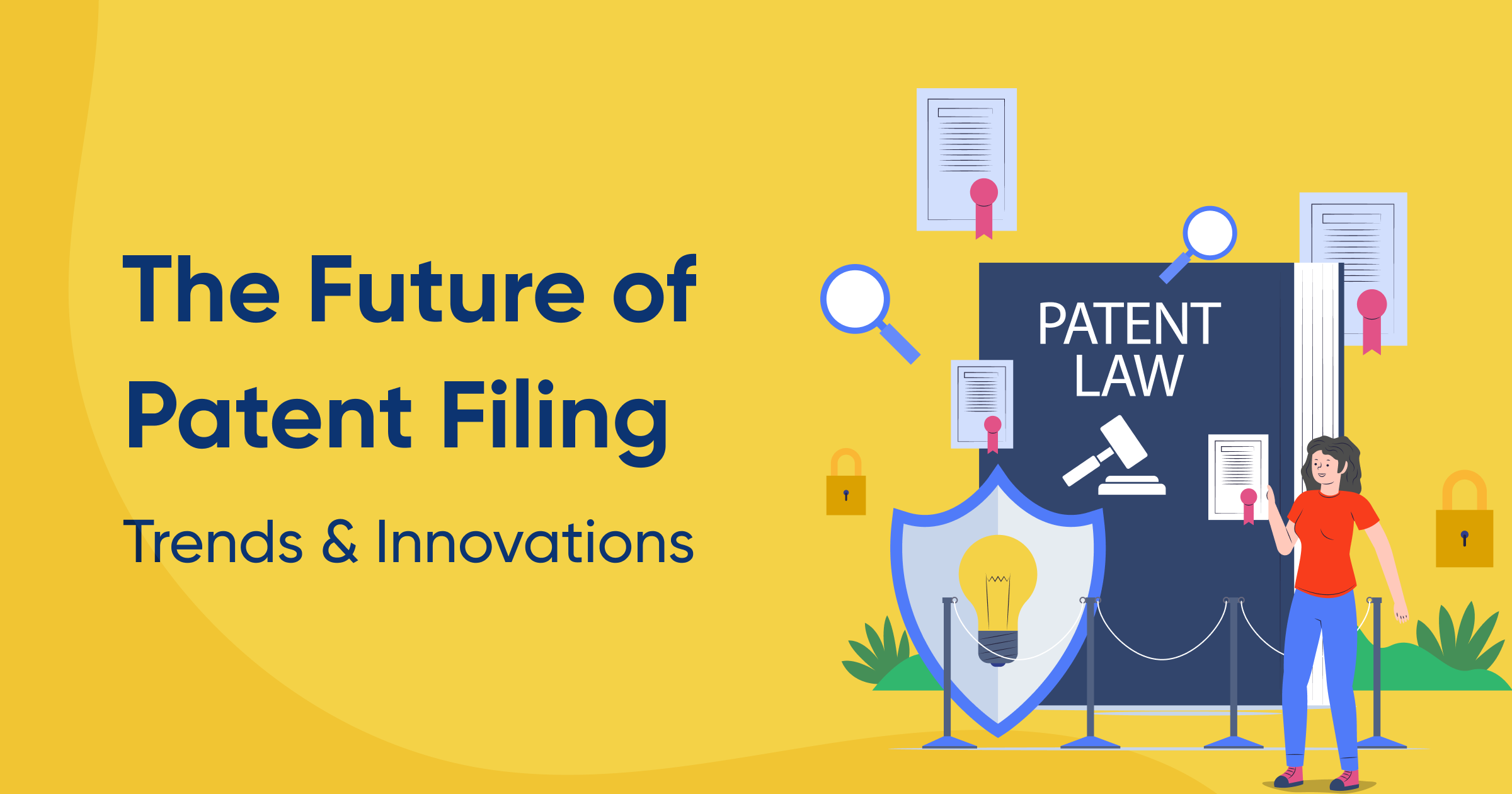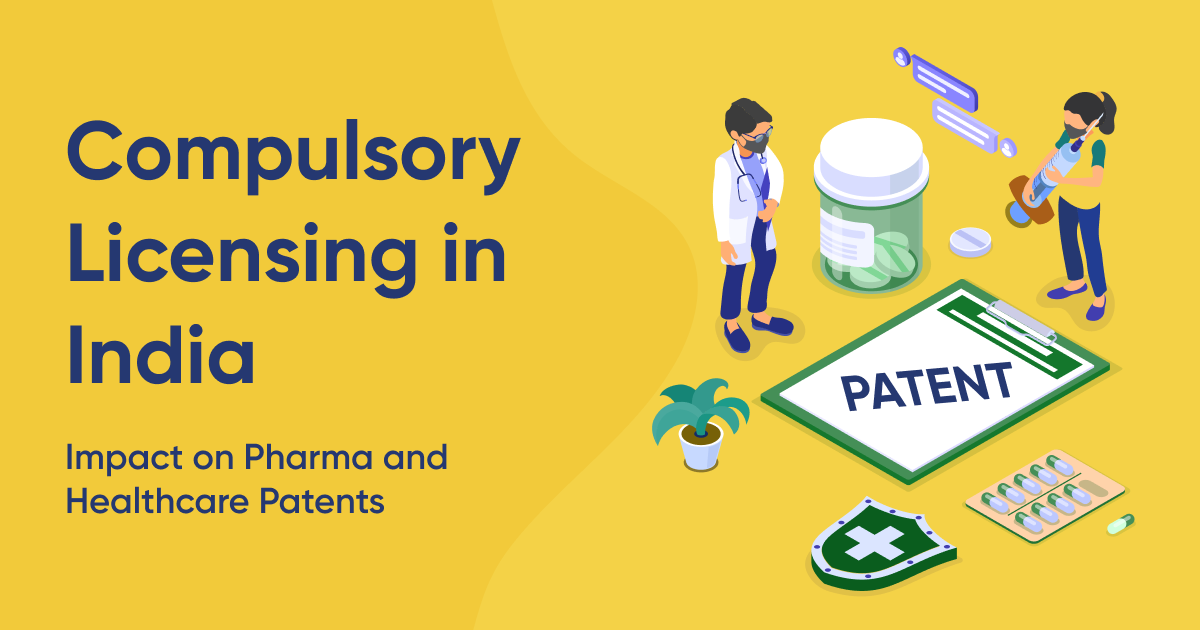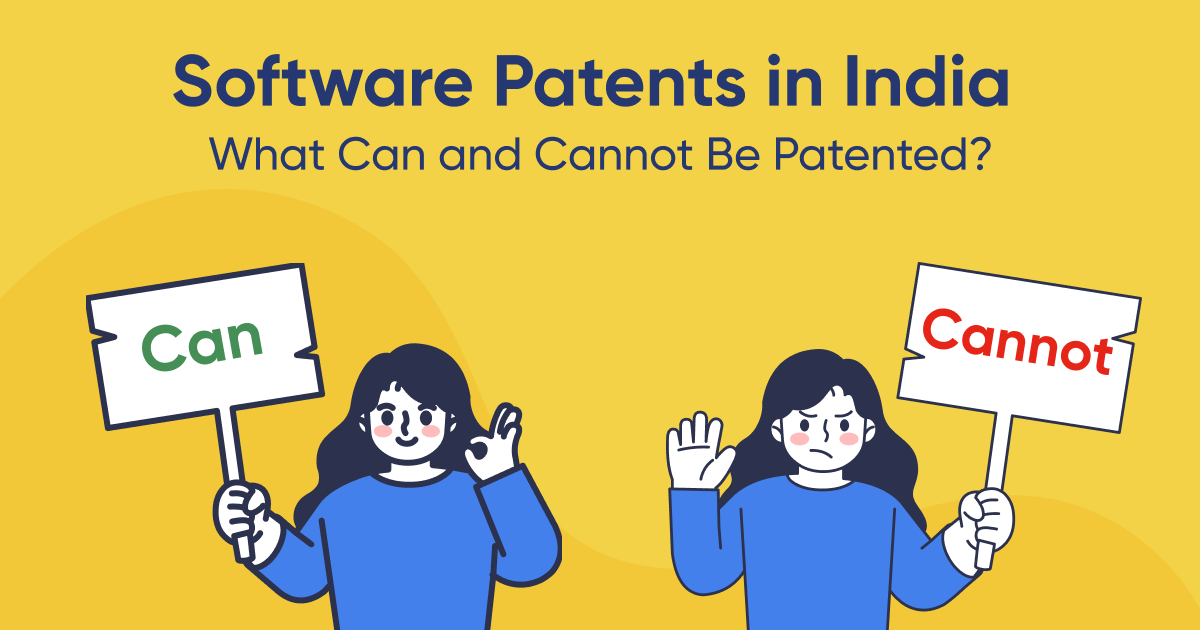As we peer into the horizon of a future dominated by technological innovations, we see a world vastly different. Self-driving cars navigate through intricate city grids, AI systems accurately predict and react to our needs, and advanced biotechnologies heal previously incurable diseases. This future is not only possible but is being actively shaped by the strategic application of patents. Patents protect inventors and fuel the ongoing cycle of innovation that brings futuristic visions to life.
The Power of Patents
Patents serve as crucial legal tools by granting inventors exclusive rights to their creations for a specified period, generally 20 years. This exclusivity is a reward for the inventors' contributions and an incentive for further investment and innovation. In return for this monopoly, inventors must publicly disclose their invention details, adding to the collective technological knowledge and stimulating further innovation. This cycle of innovation and disclosure underpins technological progress and economic growth, making patents a cornerstone of modern industry and development.
The Patent Application Process: A Detailed Overview
The patent application process is a meticulous journey that starts with an inventor recognizing a unique and non-obvious invention. From here, inventors or their representatives undertake several critical steps:
- Patent Search: Conducting a comprehensive patent search, such as an Indian patent search, is essential. This step determines if the invention is indeed novel by comparing it against existing technology and prior patents.
- Drafting the Application: The patent application must clearly and concisely explain the invention, how it works, and its potential industrial application. This includes detailed descriptions, diagrams, and claims that define the scope of the patent protection.
- Filing the Application: Once the application is prepared, it must be submitted to the appropriate patent office, such as the Indian Patent Office, where it will be reviewed for adherence to patent laws.
- Review and Grant: The patent office reviews the application to ensure it meets all legal criteria. This review process can involve several rounds of examination and responses to objections raised by the patent examiners.
- Patent Grant: If the application successfully passes the review, the patent is granted, providing the inventor exclusive rights to exploit the invention for the patent's lifetime.
Emerging Technologies: The Patent Landscape
Emerging technologies present unique challenges and opportunities in patent law. Each sector not only pushes the boundaries of what is possible but also tests the limits of traditional patent frameworks.
- Artificial Intelligence (AI): AI disrupts traditional patent doctrines, as it challenges the notions of inventorship and creativity. Patents in AI range from underlying algorithms to user-facing applications, necessitating careful consideration of ethical and practical implications.
- Blockchain: As a foundational technology for cryptocurrencies and beyond, blockchain's decentralized nature poses unique challenges for patenting. Issues like patent eligibility and the balance between open-source philosophies and proprietary protections dominate the discourse.
- Internet of Things (IoT): IoT technologies, which integrate digital interfaces with everyday objects, involve complex layers of software and hardware, making the delineation of patent boundaries particularly challenging. Patents here must navigate through intricate networks of prior art and overlapping technologies.
- Biotechnology: This field is at the forefront of medical and agricultural innovation. Patenting in biotechnology requires a nuanced understanding of biological systems and the ethical implications of owning genetic and biological inventions.
- Sustainable Technologies: Technologies that mitigate environmental impact are increasingly in the spotlight. Patents in this area drive innovation but also raise questions about the balance between profit motives and the broader public good.
The Future of Patent Law
As technology evolves, so too must the laws that govern it. The future of patent law will likely see significant changes in several areas:
- Harmonization of Global Patent Laws: As innovation becomes increasingly global, there is a growing need for standardized patent laws that facilitate international cooperation and protect inventions across borders.
- AI and Automation in Patent Filings: The rise of AI tools in managing and processing patent applications could streamline operations but also require careful regulation to ensure fairness and accuracy.
- Ethics and Accessibility: As patents continue to cover essential technologies, especially in health and sustainability, there is an urgent need to balance proprietary rights with global access to these life-saving innovations.
Conclusion: A Responsible Approach to Patents
Patents are fundamental in driving forward the wheels of innovation, but they carry with them a significant responsibility. The future will demand a patent system that not only encourages innovation but also addresses the ethical, legal, and social implications of emerging technologies. A more nuanced, globally coordinated, and ethically informed approach will ensure that patents continue to serve as catalysts for innovation while promoting a more equitable distribution of its benefits.
Frequently Asked Questions
How do patents impact global innovation?
Patents are essential for protecting innovations and encouraging investment in new technologies worldwide. They ensure that inventors can share in the benefits of their inventions, thereby fostering a global culture of innovation.
What role will AI play in the future of patents?
AI is set to transform the patent landscape by enhancing the efficiency and accuracy of patent searches and examinations. However, it also raises questions about creativity's nature and inventorship's definition.
How can patent systems adapt to the challenges of emerging technologies?
Patent systems must evolve by incorporating more flexible legal standards to accommodate the unique aspects of emerging technologies. This includes revising patentability criteria and ensuring that patent laws keep pace with technological advances.
What measures can be taken to ensure the ethical use of patented technologies?
Ensuring ethical use involves implementing policies that encourage transparency, collaboration, and access to patented technologies, especially in critical areas like healthcare and environmental sustainability.
How can the balance between open innovation and patent protection be achieved?
Balancing open innovation with patent protection requires a hybrid approach that values collaborative endeavors alongside individual proprietary rights. Policies that encourage sharing and cooperation, coupled with robust patent protections, can foster an environment where both modes of innovation thrive.







